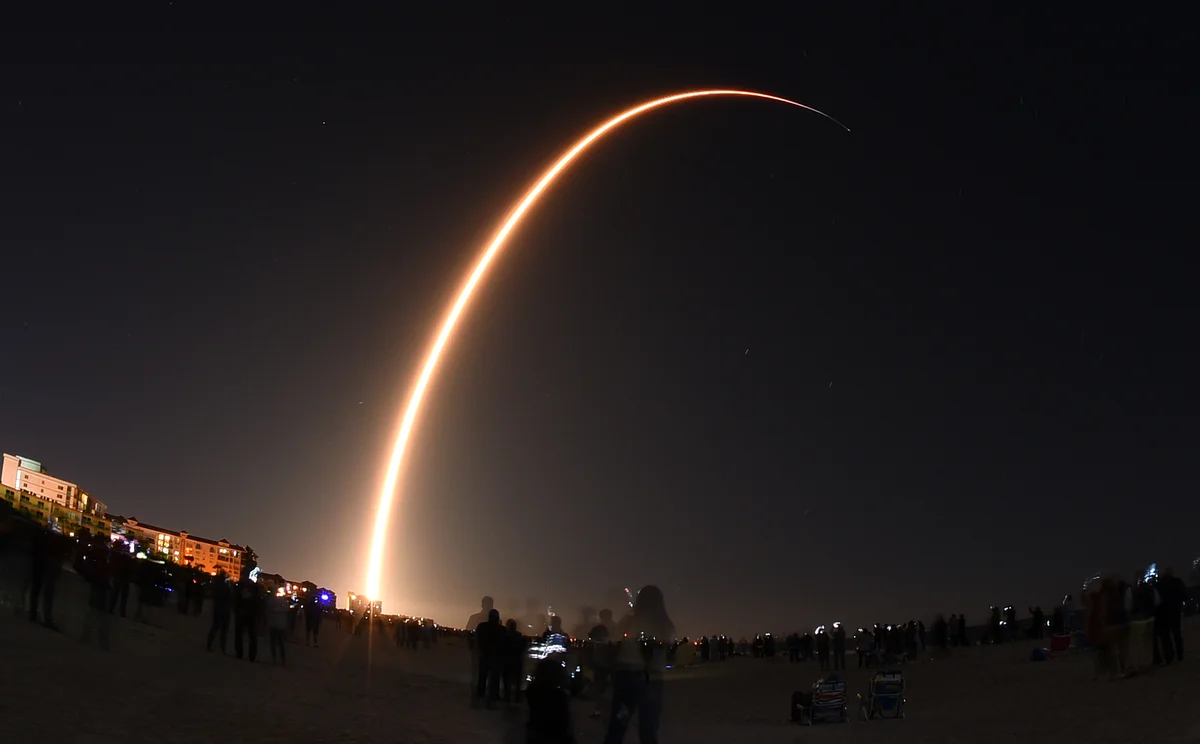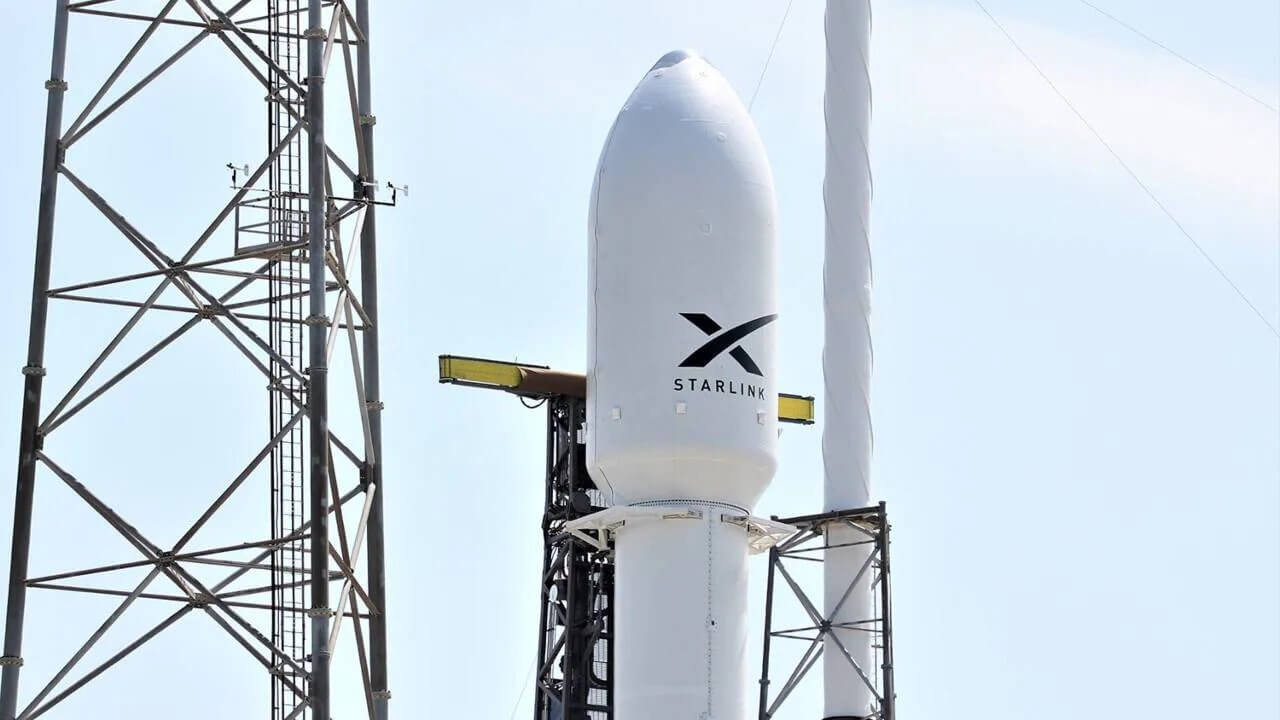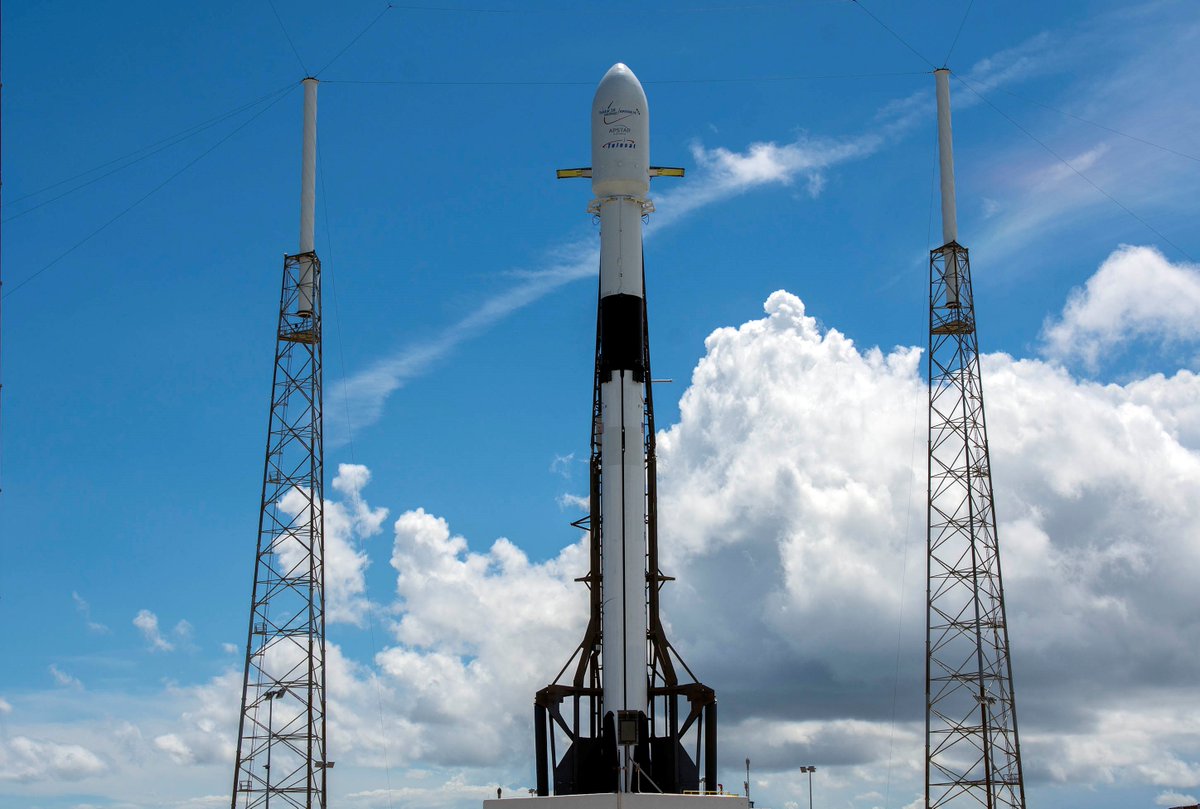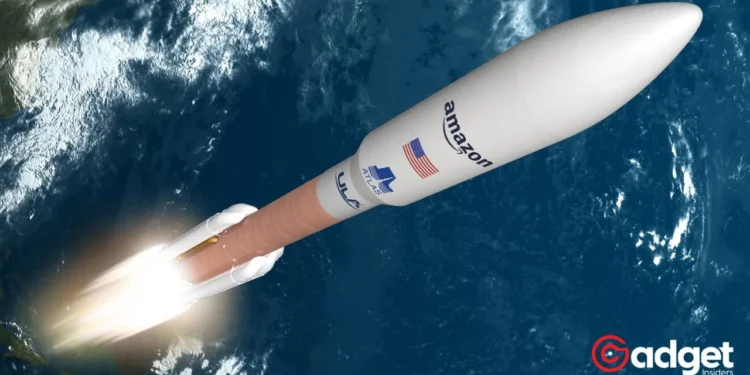Elon Musk, the visionary behind SpaceX, is no stranger to ambitious space endeavors. However, his latest move has left the scientific community on edge. SpaceX’s decision to allow 100 of its Starlink satellites to re-enter Earth’s atmosphere and burn up has ignited a flurry of discussions among atmospheric scientists and environmentalists alike.

SpaceX: The Problem with Satellites
Starlink, a SpaceX subsidiary, is renowned for its satellite internet service, which offers coverage in over 70 countries. While the sight of these satellites gliding across the night sky might be a spectacle for some, the inherent flaw in the design of a select group of these orbiting devices has prompted SpaceX to take drastic measures.
According to the company, “These satellites are currently maneuverable and serving users effectively, but the Starlink team identified a common issue in this small population of satellites that could increase the probability of failure in the future.”

The specifics of the flaw remain undisclosed, but the method of disposal has been made clear: de-orbiting. This process entails the satellites re-entering Earth’s atmosphere, ultimately disintegrating due to the intense heat.
While this approach might seem like a straightforward solution to space clutter, the environmental implications are far-reaching.
Climate Change Concerns
The crux of the scientific community’s worry lies in the potential impact on Earth’s climate. Research has found that the burning of satellites releases aluminum and other metallic particles into the stratosphere. The concern is that these particles could exacerbate ozone depletion.
Human-made industrial gases have already been shown to transform benign chemicals into ozone-destroying agents. The addition of metallic particles from satellite burn-up could potentially accelerate this process.
Starship completed its rehearsal for launch, loading more than 10 million pounds of propellant on Starship and Super Heavy and taking the flight-like countdown to T-10 seconds pic.twitter.com/1px7nyzhqQ
— SpaceX (@SpaceX) March 4, 2024
Dan Cziczo, an atmospheric scientist at Purdue University, emphasizes the need to understand whether these atmospheric remnants will contribute to the destruction of the ozone layer.
Meanwhile, Aaron Boley, an associate professor of astronomy and astrophysics at the University of British Columbia, points out the compositional differences between meteoroids, which naturally enter Earth’s atmosphere, and the predominantly aluminum satellites. The latter, he notes, poses a unique threat to the ozone layer due to alumina’s known effects on ozone depletion.
Weighing the Impact
As SpaceX plans to de-orbit its 100 satellites within the next six months, the debate over the best practices for satellite disposal and space junk management intensifies. With over 5,438 satellites currently in orbit around Earth, the scale of potential environmental impact is not insignificant.
The comparison to meteoroid material, which amounts to 54 tonnes (60 tons) daily, against the expected two tonnes (2.2 tons) of satellite material re-entering the atmosphere, underscores the need for careful consideration of the materials we send into space.
Boley’s insights into the compositional differences and their environmental ramifications highlight a critical aspect of space exploration that extends beyond the immediate technological achievements to the long-term sustainability of our planet’s atmosphere.

Looking Forward
As SpaceX continues to push the boundaries of space technology and exploration, the dialogue between the company, scientists, and environmentalists will be crucial in shaping responsible spacefaring practices. The balance between innovation and environmental stewardship remains a pivotal challenge, one that requires the collective effort of the global community to address.
In an era where space exploration is more ambitious than ever, the responsibility to mitigate its impact on our planet is paramount. As we reach for the stars, the health of our atmosphere must not be overlooked. The situation calls for a united approach to ensure that our advancements in space do not come at the expense of Earth’s environmental well-being.









